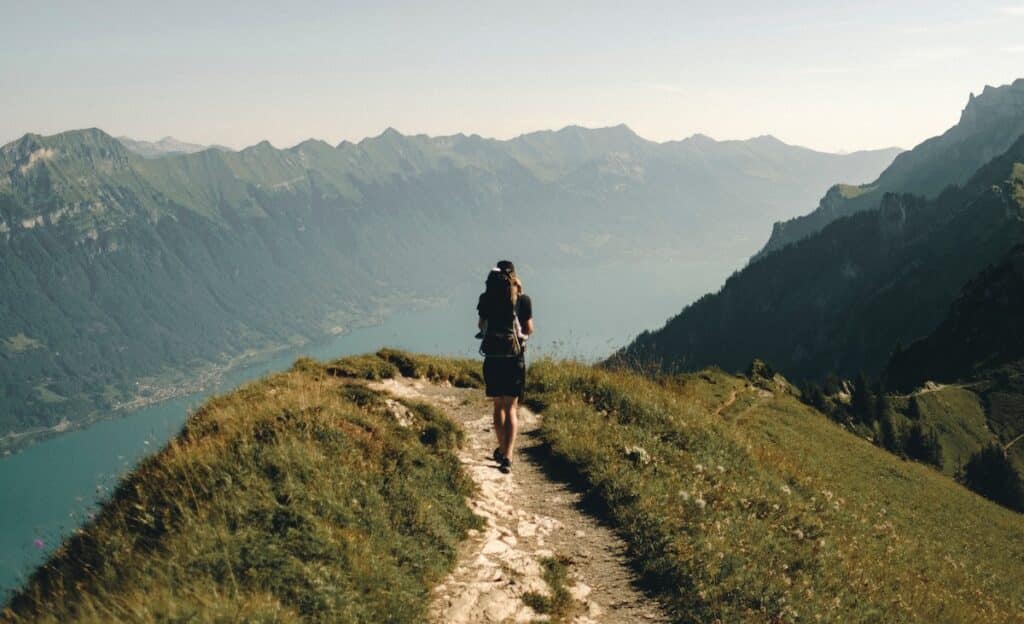When going on a hiking adventure, many of us tend to place great emphasis on selecting the right hiking gear, including footwear, clothing, and backpacks. However, we often underestimate the significance of safeguarding our eyes. The great outdoors exposes us to a variety of elements that can potentially harm our eyesight if not adequately protected. In this article, we will delve into the most effective ways to ensure the safety of your eyes during hiking, allowing you to fully relish the splendor of nature while preserving your vision for the years ahead.
Opt For Premium Sunglasses for Eye Safety
Your primary line of defense against harmful ultraviolet (UV) rays and glare is a top-tier pair of sunglasses. Seek out sunglasses that provide complete UV protection, effectively blocking both UVA and UVB rays. Additionally, consider sunglasses equipped with polarized lenses to minimize glare from surfaces such as water, snow, or rugged terrain. A snug and wrap-around design will offer maximum coverage, shielding your eyes from all angles.
Broad-Brimmed Hat or Cap
In addition to your sunglasses, a broad-brimmed hat or cap adds an extra layer of protection against direct sunlight. By creating shade and reducing the amount of UV radiation reaching your eyes, a hat functions as a barrier against harmful rays. Opt for a hat featuring an ample brim that extends at least three inches all around, effectively guarding your eyes, face, and neck.
Utilize Protective Eyewear in Risky Environments
Certain hiking trails may expose you to potential eye hazards, such as branches, thorns, or flying debris. In such environments, it is imperative to wear protective eyewear, such as safety goggles or sports glasses. These specialized eyewear options are engineered to endure impacts and provide a shield against debris, thus diminishing the risk of eye injuries.
Eye Hydration
Hiking in dry and arid climates or at high altitudes can lead to dry eyes, resulting in discomfort and potential harm to your vision. Stay properly hydrated by consuming an adequate amount of water throughout your hike. Additionally, contemplate the use of lubricating eye drops to retain moisture in your eyes and avert dryness and irritation. It is advisable to consult with an eye care specialist to identify the most suitable eye drops for your specific requirements.
Take Regular Breaks & Blink
During extended hikes, your eyes can become fatigued and strained. To alleviate eye strain, make it a habit to take regular breaks and give your eyes a chance to relax. Focus on a distant object to exercise your long-range vision and reduce strain. Moreover, remember to blink consciously and frequently to keep your eyes lubricated and prevent dryness, especially when engaging with screens during your breaks.
When preparing for a hike, prioritizing the protection of your eyes should be paramount. By adhering to these best practices for safeguarding your eyes during hiking, you can significantly reduce the risk of eye damage, allowing you to fully enjoy the beauty of nature while preserving your vision for years to come. Remember to invest in high-quality sunglasses, don a wide-brimmed hat or cap, use protective eyewear when venturing into hazardous terrain, keep your eyes well-hydrated, take regular breaks, and stay vigilant regarding altitude-related eye concerns. Prioritizing eye safety ensures a secure and enjoyable hiking experience while maintaining optimal eye health.

